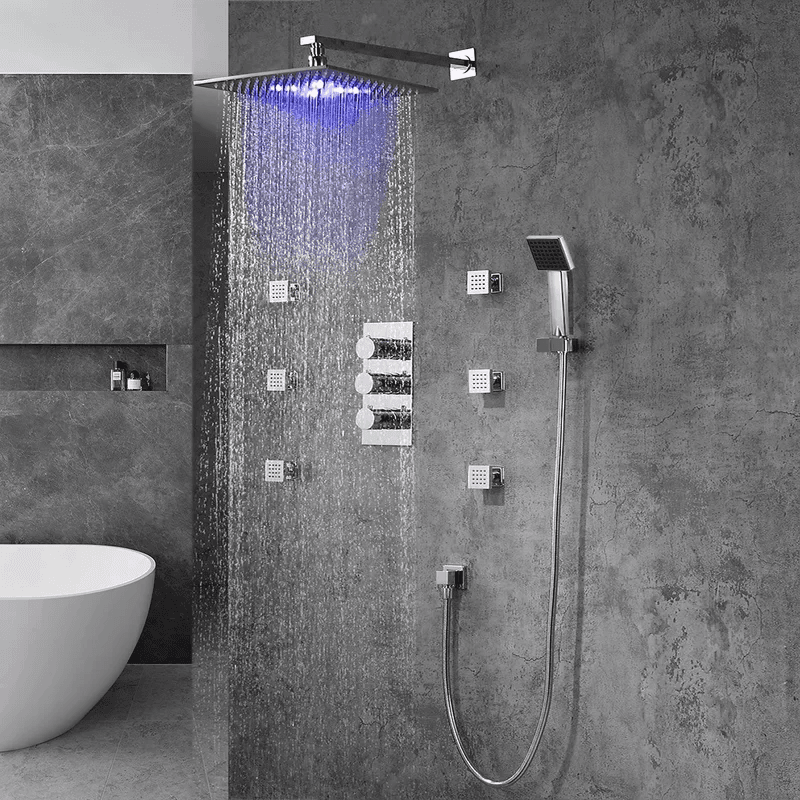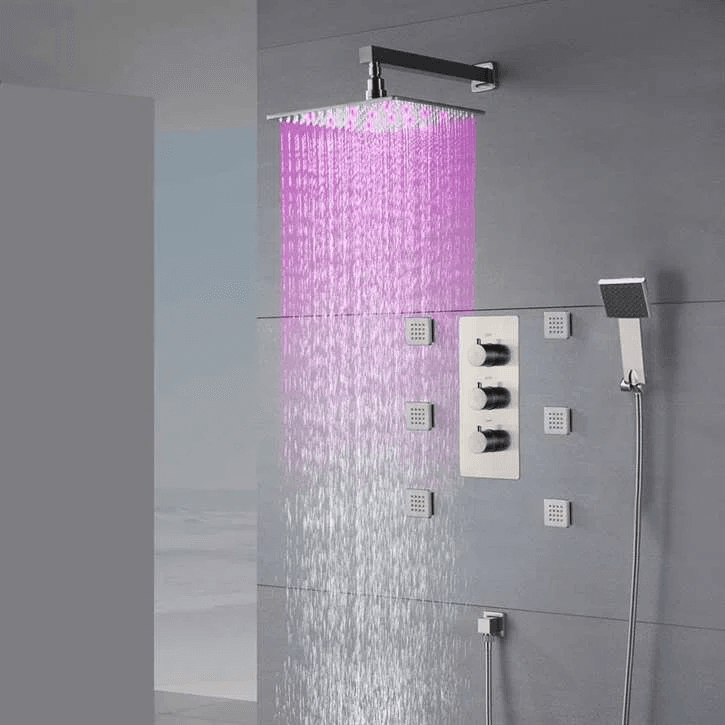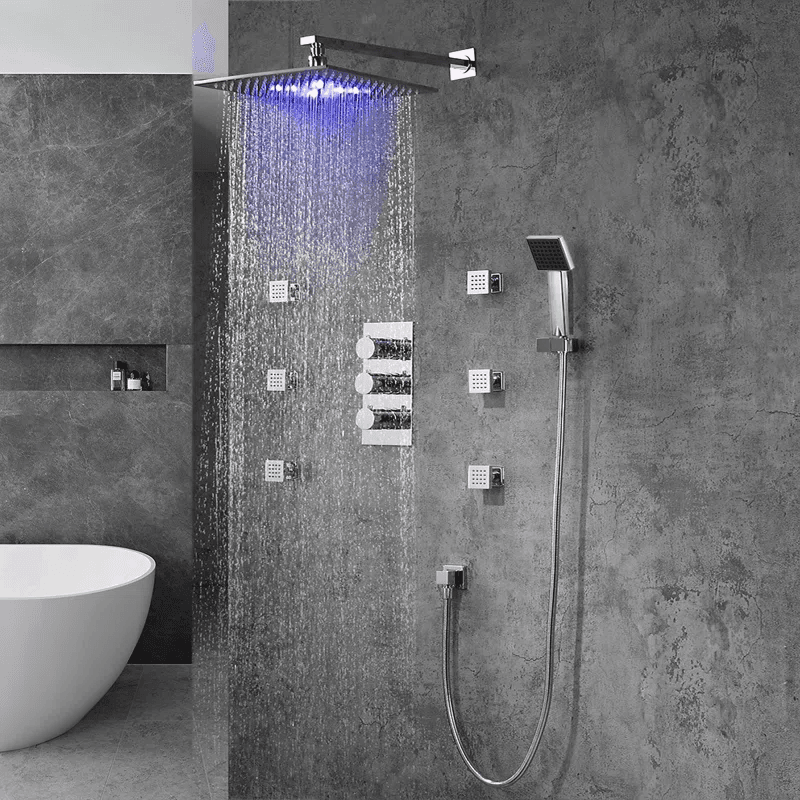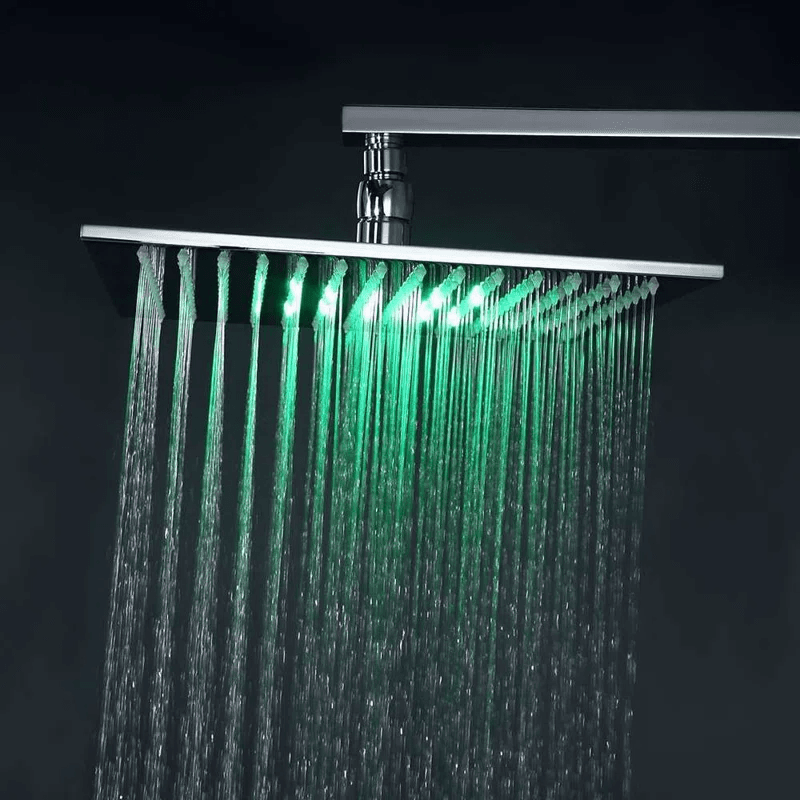Experiencing a lack of water in the shower while the sinks in your home function correctly can be a perplexing issue. This situation may arise from various factors, ranging from plumbing issues to specific shower-related problems. In this comprehensive guide, we’ll explore the common reasons behind the absence of water in the shower and provide practical solutions to help you troubleshoot and resolve the problem.
Steps to take to find the problem
Check Water Supply Valves
The first step in troubleshooting a no-water issue in the shower is to check the water supply valves. Locate the shut-off valves connected to the shower and ensure they are fully open. Over time, valves may become partially closed, restricting water flow. If the valve is closed, turning it counter clockwise should restore water to the shower.

Verify Faucet Aerators
Showerheads often have built-in aerators to regulate water flow. If these aerators become clogged with debris or mineral deposits, it can impede water flow to the shower. Remove the showerhead, clean the aerator, and reinstall it. This simple maintenance step can often resolve the issue.
Check for Pipe Blockages
A blockage in the water pipes leading to the shower could be the culprit. Examine the pipes for any visible signs of blockages, such as sediment or mineral deposits. If the pipes are clear, the blockage may be deeper within the plumbing system, requiring professional intervention.
Inspect the Shower Diverter
The shower diverter is a mechanism that directs water flow between the tub faucet and the showerhead. If the diverter is faulty or stuck, it may prevent water from reaching the shower. Inspect the diverter for any visible issues and consider replacing it if necessary.
Examine Pressure Balancing Valve

Luxury Shower often include a pressure balancing valve to maintain a consistent water temperature. Malfunctions in this valve can lead to water supply issues. Consult the manufacturer’s instructions for your specific valve model and consider seeking professional assistance if needed.
Frozen Pipes
In colder climates, frozen pipes can disrupt water flow to the shower. Check for signs of frozen pipes, such as reduced water flow in other areas of the house. If you suspect frozen pipes, use safe thawing methods or consult a professional plumber for assistance.
Consult a Professional Plumber
If the issue persists after checking the above factors, it’s advisable to consult a professional plumber. Plumbing systems can be complex, and a trained plumber can identify and address more intricate problems that may be causing the lack of water in the shower.
Prevention Tips
Regular Maintenance
Perform regular maintenance on your plumbing system to prevent issues. Clean faucet aerators, inspect pipes for signs of blockages, and address any minor problems promptly.
Protect Pipes in Cold Weather
In colder climates, take precautions to prevent frozen pipes. Insulate exposed pipes and allow faucets to drip during freezing temperatures to reduce the risk of freezing.
Upgrading Fixtures

Consider upgrading shower fixtures if problems persist. Newer fixtures often come with improved technology and features that can enhance water flow and prevent issues.
Any other take-aways?
Troubleshooting a situation where there is no water in the shower while sinks are functioning involves a systematic approach to identify and address potential causes. By checking water supply valves, inspecting aerators, and examining components like the diverter and pressure balancing valve, you can often pinpoint and resolve the issue. When in doubt, seeking professional assistance ensures a thorough assessment and proper resolution, restoring your shower to optimal functionality. Regular maintenance and preventive measures contribute to the long-term health of your plumbing system, promoting consistent water flow throughout your home.

